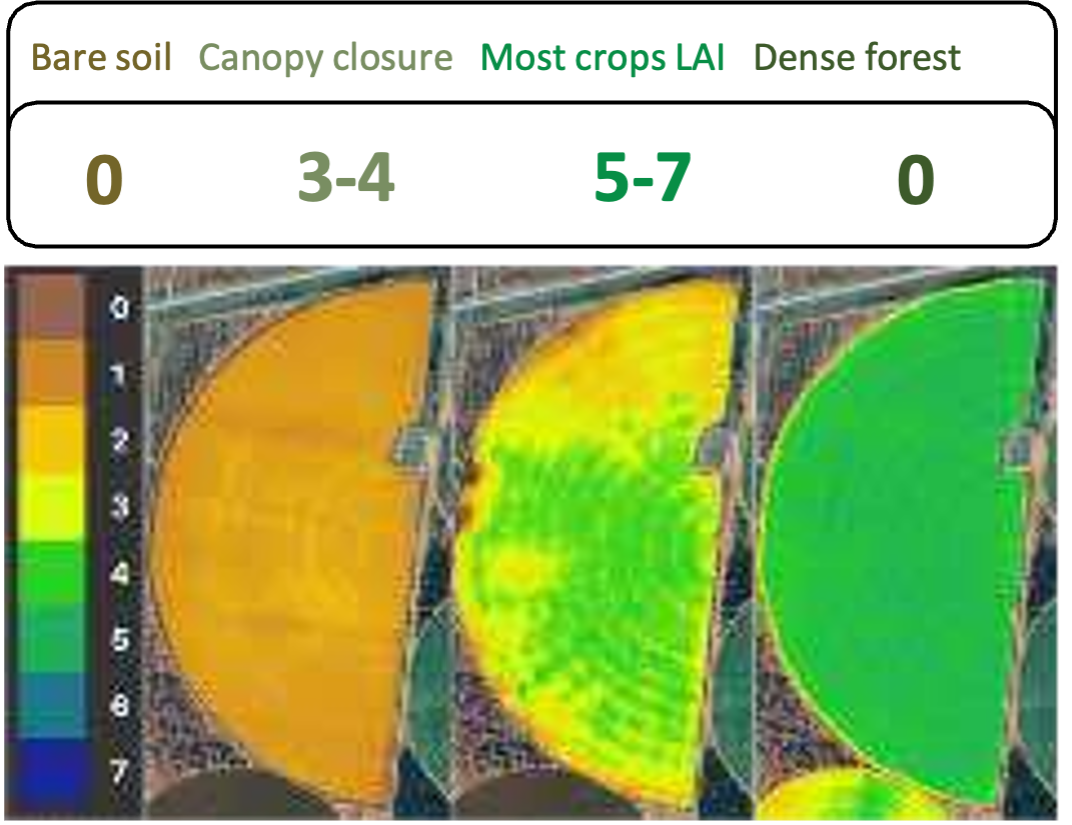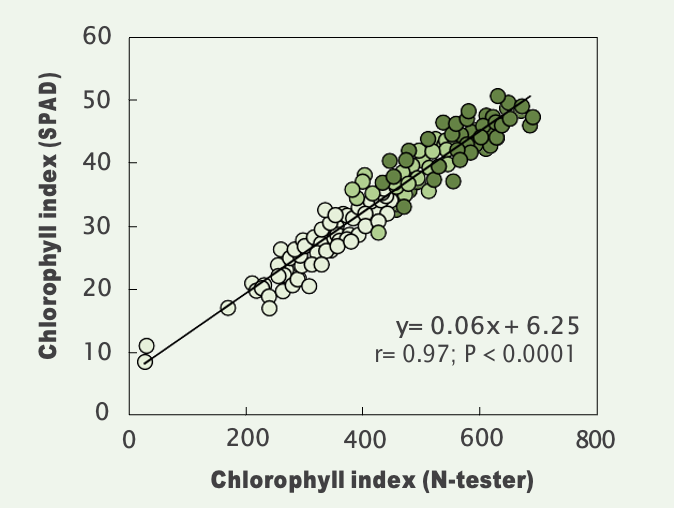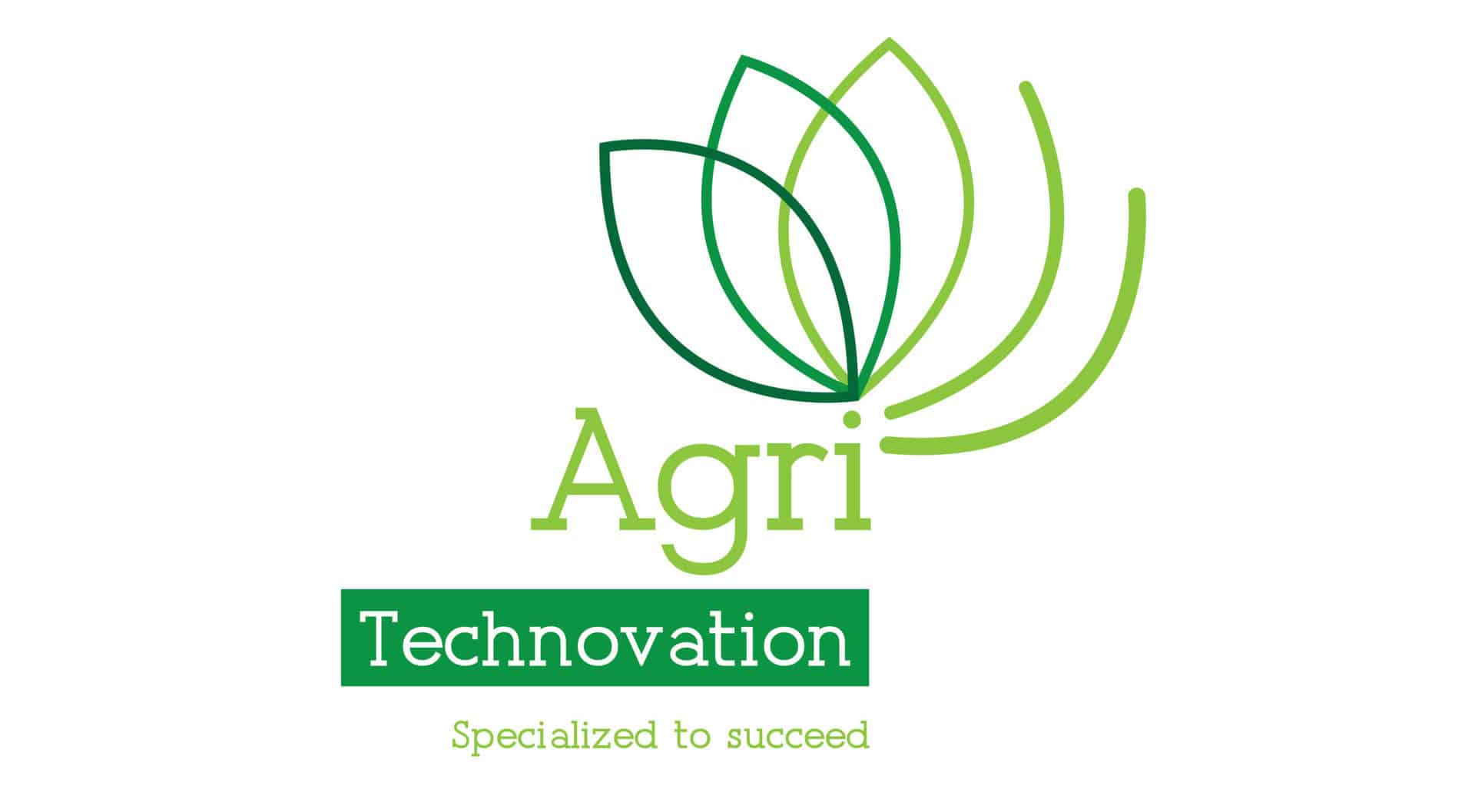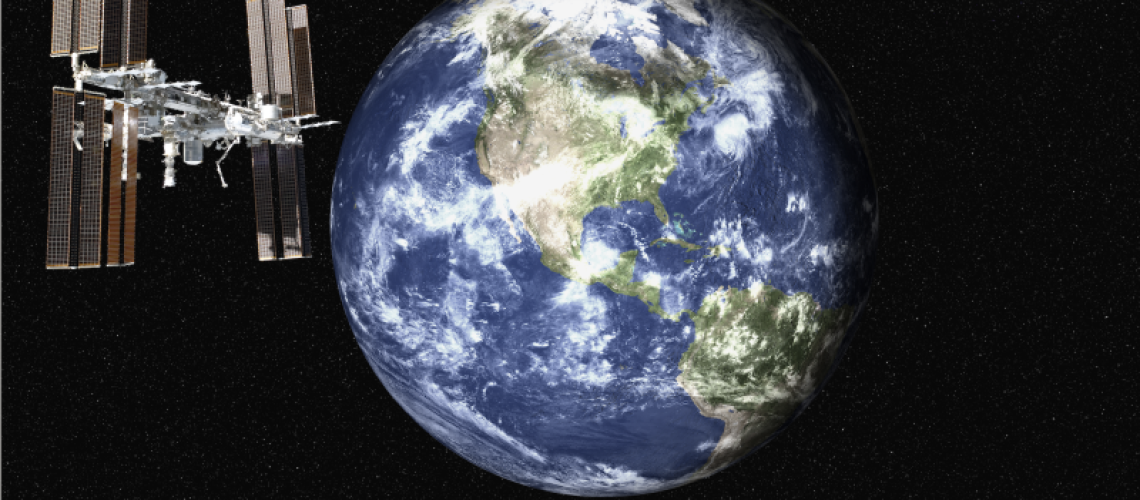Transforming agriculture through satellite imagery
by Werner Coetzee, Head of Yield: PICKLOGGER™, IFLY™, PPM™ at Agri Technovation
In the ever-evolving agriculture landscape, the emergence of satellite imagery has sparked a transformative revolution for producers worldwide. One such ground-breaking service, IFLY VERDE™ by Airbus, is reshaping the way we perceive and manage crop cultivation.
Unveiling IFLY VERDE™
A bird’s-eye perspective into crop analytics
Launched in 2019, IFLY VERDE™ is far more than just a service. It is a true game changer that delivers detailed crop analytics through precise satellite imagery. Think of it as a finely tuned lens capturing fields with accuracy and clarity, while removing the pesky clouds that often obscure the intended view.
Why should producers embrace IFLY VERDE™?
- High-frequency insights
Get real-time updates on crop performance, transforming raw data into actionable insights for timely decision-making.
- Scouting and historic trending
Utilise IFLY VERDE™ not only for in-season monitoring but also as a scouting tool with access to historic data dating back as far as 2014. It is a journey through time, allowing producers to understand their fields’ performance evolution.
- Scalability for large farms
Scale up your analyses effortlessly. IFLY VERDE™ is designed to also be used for large farms and fields, ensuring comprehensive coverage for efficient decision-making.
- Calibrated crops
Benefit from calibrated crop data featuring specific parameters (fCover, LAI and Chlorophyll). This is not just data but rather a tailored approach to understanding the nuances of crop health.

Figure 1: fCover imagery where 8 images are displayed
What does IFLY VERDE™ measure?
Using biophysical parameter methodology, IFLY VERDE™ currently measures the following three parameters: 1. fCover (Fraction Green Vegetation Cover index), 2. LAI (Leaf Area Index) and 3. CHL (Chlorophyll).
- fCover – Figure 1
- The % of plant material that covers the soil
- Provides an early-season indication of the rate of crop development and
- Minimum of 3 images a In the example provided, 8 images can be seen.
- LAI – Figure 2
- The ratio of green leaves present per unit ground area (m2 : m2).
- Characterises the plant-canopy structure and gives an idea of the amount of biomass available in a Measures crop growth and productivity.
- Fields should ideally exhibit uniformity throughout the season, but variations may arise due to soil irregularities, pests, diseases, or weed presence.
80 µg/cm2.
- Chlorophyll A/B variations indicate ageing, stress, or damage to the photosynthetic apparatus, reflecting both biotic and abiotic factors like drought, sunlight exposure and pigment-inhibiting diseases that could impact crop
- There is a strong correlation between chlorophyll content and nitrogen
3. CHL – Figure 3
- Chlorophyll A & B content per unit of
- Values typically range between 20 and 80 µg/cm2.
- Chlorophyll A/B variations indicate ageing, stress, or damage to the photosynthetic apparatus, reflecting both biotic and abiotic factors like drought, sunlight exposure and pigment-inhibiting diseases that could impact crop
- There is a strong correlation between chlorophyll content and nitrogen

IFLY VERDE™ offers a relatively inexpensive, yet more advanced than NDVI, remote sensing technology (drone technology) for measuring vegetation biomass and more.

Figure 2: An example of LAI imagery.

Figure 3: Correlation between chlorophyll and nitrogen indicated on a graph.
Thibaut Verdenal, Vivian Zufferey, Jean-Sébastien Reynard, Jean-Laurent Spring (2023).
In conclusion
As the journey through fCover, LAI and CHL brings an understanding of the benefits of each, envision the power these indices bring to producers’ fingertips – a dynamic story told through each leaf and every shade of green.
In the evolving narrative of agriculture, these indices stand as protagonists, guiding producers toward informed decisions and promising a future where technology and nature combine for a flourishing harvest.

